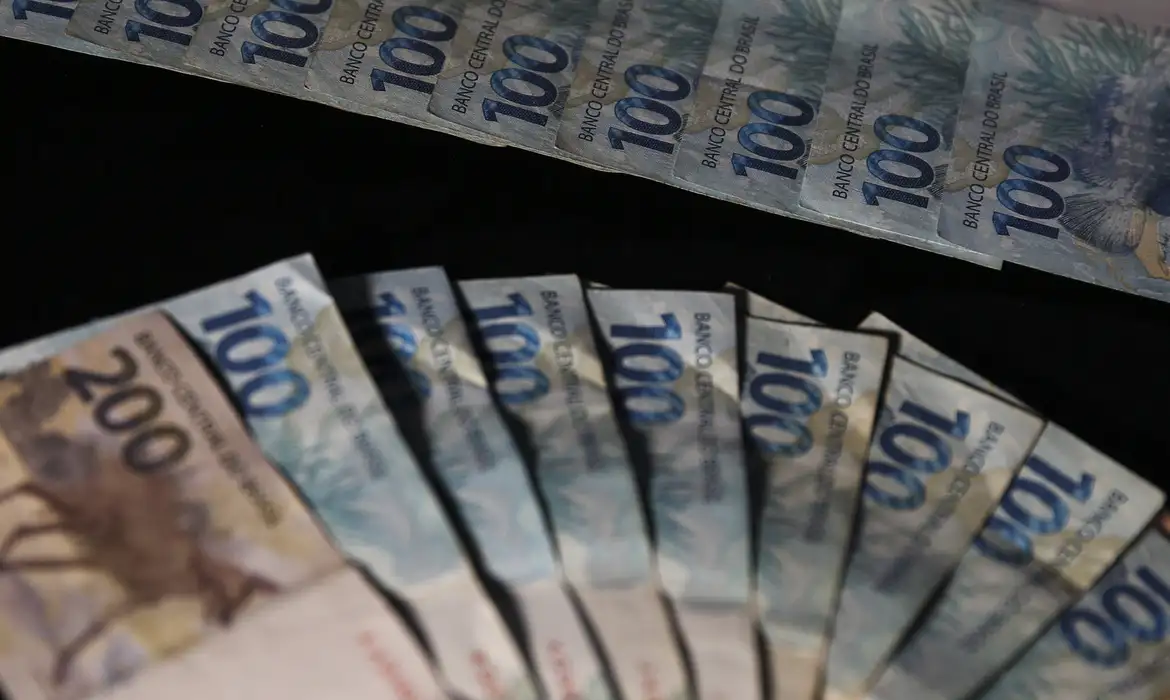GDP: check the ranking of municipalities with the greatest gains in participation in the Gross Domestic Product

On the other hand, the three most intense drops in participation were São Paulo (SP), with a drop of 0.6 percentage points; Rio de Janeiro (RJ), with a reduction of 0.4 percentage points; and Brasília (DF), with a decrease of 0.3 percentage points.
According to the study, 11 municipalities accounted for almost 25% of the national GDP and 16.6% of the Brazilian population. On the other hand, the 87 cities with the highest GDPs represented around 50% of the GDP and 36.7% of the country’s population.
FPM: understand the criteria for distributing values to capitals and inland cities
Understand the proposal that removes outsourcing expenses from personnel expense limits
According to IBGE geographer Marcelo Delizio Araujo, there is a historical trend for large urban concentrations to lose their share of GDP in relation to smaller cities. For him, this contributes to the reduction of spatial inequalities in the country.
“Compared to 2020, although the municipality of Rio de Janeiro lost its share in the national scenario, in 2021 the urban concentration of Rio de Janeiro went from 7.5% to 7.8% of Brazil’s GDP. The result was driven by the good performance of the extractive industry, especially in the municipality of Maricá”, he highlights.
Source: IBGE
Billionaire cities
Survey of the Brazil 61 also reveals that, in 2021, ninety-two cities in the country had revenues above R$1 billion. These municipalities represent more than a third of the Brazilian population and have a total budget of R$344.3 billion.
São Paulo stands out as the state with the largest number of representatives on the list. In total, there are 29 billionaire cities in São Paulo. In addition to the capital, six other cities in the state are among the 20 richest in the country. Minas Gerais, which has eight municipalities among the 92, appears next.
The states of Paraná and Rio de Janeiro have seven cities with revenues exceeding R$1 billion. In Rio Grande do Sul, in addition to Porto Alegre, five other municipalities make up the list. The states of Santa Catarina (4), Goiás (4), Pará (4), Bahia (3), Pernambuco (3), Espírito Santo (2), Mato Grosso do Sul (2) and Paraíba (2) are those that have more than one billion-dollar municipality.
Eleven states have only one city in the ranking: Acre, Alagoas, Amazonas, Ceará, Maranhão, Mato Grosso, Tocantins, Rio Grande do Norte, Rondônia, Roraima and Sergipe.
The 20 cities with the highest revenues in the country
- Sao Paulo (SP) – R$ 72.8 billion
- Rio de Janeiro (RJ) – R$ 32.6 billion
- Belo Horizonte (MG) – R$ 13,6 bi
- Curitiba (PR) – R$ 9,4 bi
- Fortaleza (CE) – R$ 8.5 billion
- Porto Alegre (RS) – R$ 7,8 bi
- Salvador (BA) – R$ 7.6 per
- Manaus (AM) – R$ 6,6 bi
- Campinas (SP) – R$ 6.5 billion
- Goiânia (GO) – R$6.2 per barrel
- Recife (PE) – R$ 5,9 bi
- Guarulhos (SP) – R$ 4.9 billion
- Sao Bernardo do Campo (SP) – R$ 4.7 billion
- Niterói (RJ) – R$ 4,6 bi
- Campo Grande (MS) – R$ 4,3 bi
- Barueri (SP) – R$ 4,1 bi
- Sao Luis (MA) – 3.9 billion
- Belém (PA) – R$ 3.6
- Sao Jose dos Campos (SP) – R$ 3.4 billion
- Osasco (SP) – R$ 3.4 bi
The revenue of the city of São Paulo is greater than the combined revenue of Rio de Janeiro, Belo Horizonte, Curitiba, Fortaleza and Porto Alegre. Public budget specialist Cesar Lima highlights the importance of these cities for the country’s economy.
“These municipalities currently represent 4% of Brazil’s GDP. And the number of these municipalities has been growing. In 2018, we had 65 municipalities that collected over one billion reais. In 2019, 71. In 2020, 82. And last year, we went to 92, demonstrating an improvement in the economy. It is the dynamism of the economy, since you have more cities in this select group of billion-dollar cities.”
By Brasil 61




